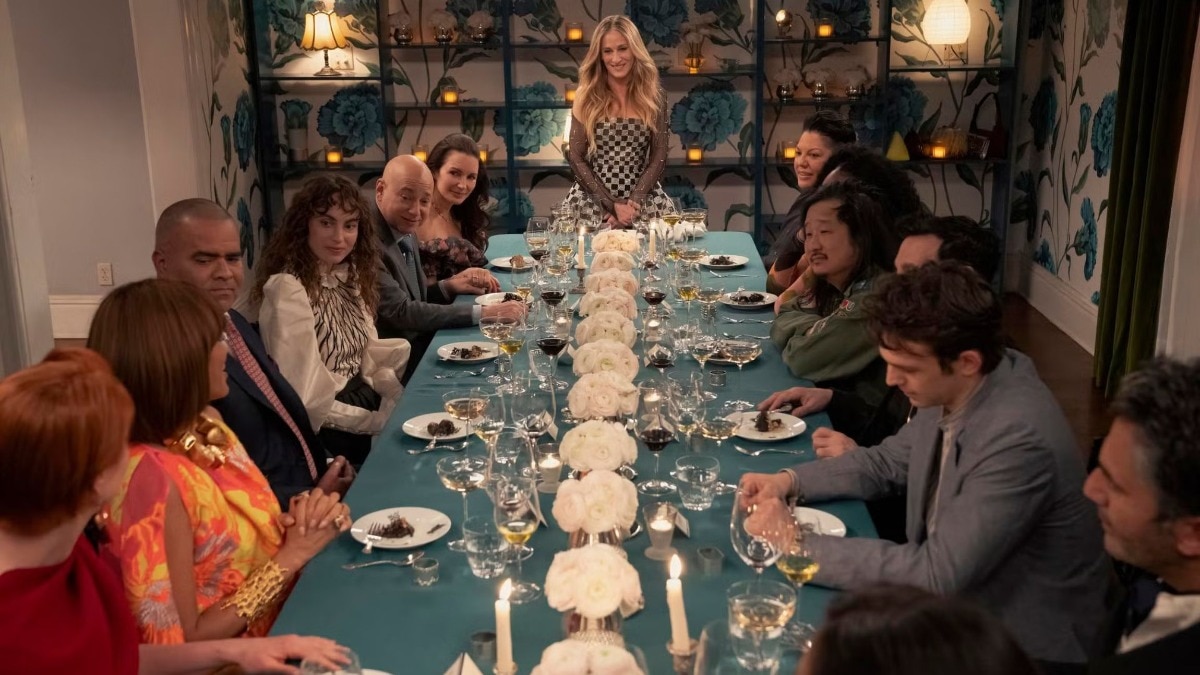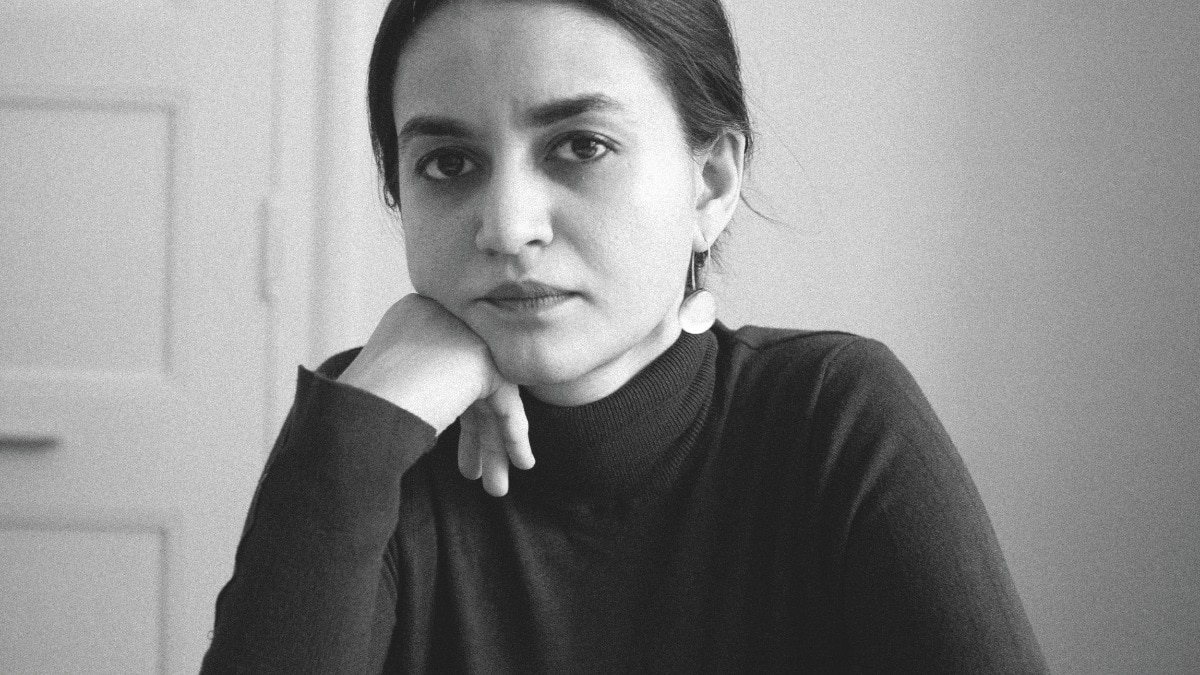The creative directors steering global luxury fashion houses with bold narratives
From Sabato De Sarno at Gucci to Maria Grazia Chiuri at Dior.


It’s no secret that good creative leadership can make or break a maison—we’ve seen plenty of labels rise and fall over the years, with the credit (or blame) often resting with the creative directors who are at the helm. Their role wields a transformative power, shaping a brand’s identity, allure, and legacy. Tasked with balancing heritage and modernity, the job requires a visionary who can not only honour the storied past of a label but also push it forward in a way that resonates with contemporary audiences. Icons like Alessandro Michele at Gucci, Virgil Abloh at Louis Vuitton, and Kim Jones at Dior have demonstrated how a fresh perspective can turn a traditional house into a cultural phenomenon that captures the zeitgeist of an era.
Yet, a misstep in leadership can just as easily dim a label’s appeal. While it’s true that atelier collections and archival showcases are not uncommon (read: Chanel SS25 after the sudden departure of Virginie Viard), a strong vision championed by a creative director echoes across runways and stores worldwide, influencing everything from seasonal collections to marketing strategies, and ultimately, determining a brand’s place in an increasingly competitive landscape, especially amidst the global luxury slowdown. So who is smashing it out of the park in this pivotal role right now? Below are 5 creative directors who are redefining the narrative for their fashion houses.
Sabato De Sarno at Gucci
De Sarno has been at Gucci since May 2023, when he was tasked with reinvigorating Kering’s flagship brand. The stakes for De Sarno's revamp of the brand were high: Gucci is Italy's biggest fashion brand and the principal engine of sales and profits for Kering. While Gucci enjoyed explosive growth in the 2010s under the creative direction of Alessandro Michele, interest in his maximalist approach cooled during the pandemic, leading sales to plateau. De Sarno was thus charged with offering a compelling fashion vision to revive growth at Gucci while helping the brand reassert its timeless appeal. And so he did. For him, making over the storied Italian house for a new era isn't about outrunning its past. It's about making some history of his own. Classics like the Jackie and the Horsebit styles are in vogue again, with Ancora red leather (read: Rosso) being another fan favourite. His inaugural collection showcased this nuanced shift, with classic tailoring, understated glamour, and a refreshing focus on craftsmanship. Despite the slowdown in China, Gucci's faith in De Sarno bolsters its optimism about returning to growth in the second half of 2025.
Chemena Kamali at Chloé
Chemena Kamali has cemented her status as the one to watch as she reinvents the French brand with a modern twist on classic boho chic. In what was considered a bold leap, the Richemont Group—the holding company of Chloé, let Kamali take the reins for Chloe after Gabriella Hearst’s departure in 2024. Kamali's vision for Chloé embraces the brand’s heritage of femininity and effortless elegance while advancing sustainability and craftsmanship with a focus on creating pieces that are timeless yet innovative, combining soft silhouettes with a modern bohemian sensibility. But what makes her work so exciting is the blend of tradition and modernity that feels both nostalgic and fresh. She’s embracing the classic aesthetic Chloé is known for—think flowing dresses, lace, and dreamy chiffon—but she’s doing it in a way that feels romantic yet subtly sensual. Even the choice to shoot campaigns in front of iconic Parisian landmarks like the Eiffel Tower might seem like a cliché, but under Kamali’s direction, it just works. There’s an authenticity to her approach that resonates with fashion lovers everywhere. Her commitment to eco-conscious fashion fosters an emotional connection with consumers who value luxury with integrity. This not only preserves the iconic label's identity but also repositions it as a leader in thoughtful, future-forward luxury, embodying the power of purposeful design.
Daniel Roseberry at Schiaparelli
Daniel Roseberry took over as artistic director at Schiaparelli following Bertrand Guyon’s departure in April 2019, having previously spent 11 years at Thom Browne. Tasked with reviving the near-century-old couture house, his debut collection was hailed by critics as an exciting and fearless ode to the maison’s codes of innovation and irreverence. Roseberry’s vision reinvigorates Schiaparelli's surrealist legacy with a daring, avant-garde approach that has captivated the fashion world. Drawing from Elsa Schiaparelli’s boundary-pushing ethos, Roseberry has redefined luxury with fantastical, sculptural creations that blur art and fashion. His pieces, marked by exaggerated forms, rich textures, and intricate embellishments— celebrate individuality and high drama, attracting a new generation of admirers. This bold vision has positioned Schiaparelli as one of the most talked-about names in couture, showing how a creative director can transform a brand’s identity, aligning it with both its heritage and the ever-evolving landscape of modern luxury. Roseberry also seems to be banking on virality to take things forward— from Kylie Jenner’s hyper-real lion-head dress to Bella Hadid’s golden lung necklace; and the internet seems to love it.
Jonathan Anderson at Loewe
Jonathan Anderson’s Loewe fuses Spanish heritage with contemporary art, crafting a unique identity that has redefined the brand’s appeal in luxury fashion. Since joining the house in 2013, Anderson has introduced experimental shapes, unexpected textures, and bold accessories that balance artistry with wearability. His collections often include whimsical elements and artisanal details, capturing a modern sophistication that resonates globally. Though not traditional, the brand certainly seems to uphold its values and mission. As it undergoes visible change, embracing innovation without abandoning its heritage, we can’t help but admire Anderson for making it happen. Each of his works appear to demonstrate a new beginning aiming to enhance art, design, and fashion. By championing craftsmanship and collaboration, Anderson has made the previously-esoteric world of Loewe synonymous with intellectual yet approachable luxury. His transformative leadership underscores the importance of a creative director’s role in breathing new life into a heritage brand, ensuring it stays relevant and revered.
Maria Grazia Chiuri at Dior
The first woman to be appointed to lead the ateliers and design teams of the famed house, Maria Grazia Chiuri’s Dior blends feminist sensibilities with the maison’s storied elegance—reinterpreting its classic femininity for the modern woman. Chiuri has introduced collections that champion empowerment, featuring strong silhouettes and messages of equality, alongside delicate embroidery and the iconic “New Look” shapes. She frequently draws from global cultures and art, enriching Dior’s identity with diverse influences. Chiuri’s leadership has also managed to attract a younger, socially conscious audience, proving how a thoughtful, progressive approach can not only honour a brand’s legacy but also secure its relevance in an evolving luxury market. Though often polarizing, her work seems to resonate with younger audiences despite its traditional (for lack of a better word) approach. Dior’s recent collections have widely been a success story–SS25 in particular was an Olympic-inspired dream.
Special mention: Miuccia Prada at Miu Miu
Miuccia Prada’s Miu Miu has certainly been Prada Group’s top earner—with sales spiking 104% off late. The label embodies playful rebellion, crafting a distinct identity within the luxury landscape that appeals to the adventurous, youthful spirit of fashion. With a focus on contrasts, Miuccia blends sophistication with edginess, offering bold mini skirts, embellished detailing, and experimental layering that redefines femininity with a subversive twist. Each collection embraces an aesthetic that feels simultaneously nostalgic and fresh, echoing Miu Miu’s status as a trendsetting brand. Her ability to balance irreverence with luxury has not only elevated Miu Miu’s profile but demonstrates how a strong creative vision can secure a brand’s cultural impact. Dressing that’s truly made for the female gaze seems to be her area of expertise and she's the best in the business.
Feature image: Dior
Also read: All the notable fashion moments from Milan Fashion Week SS25










